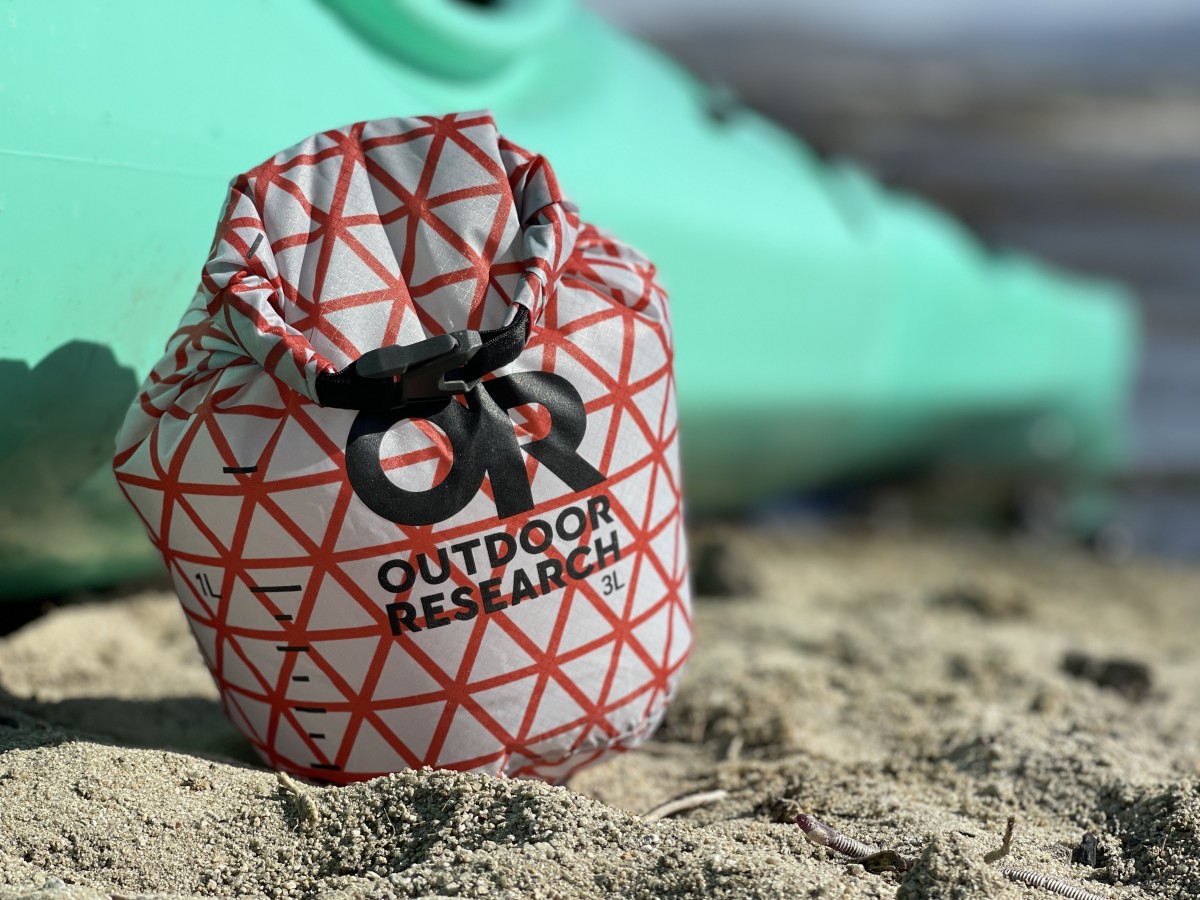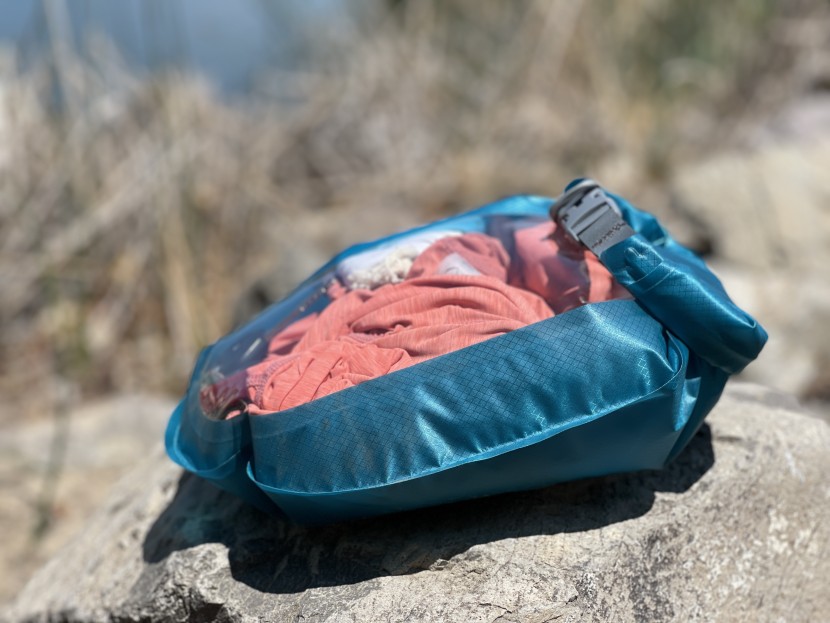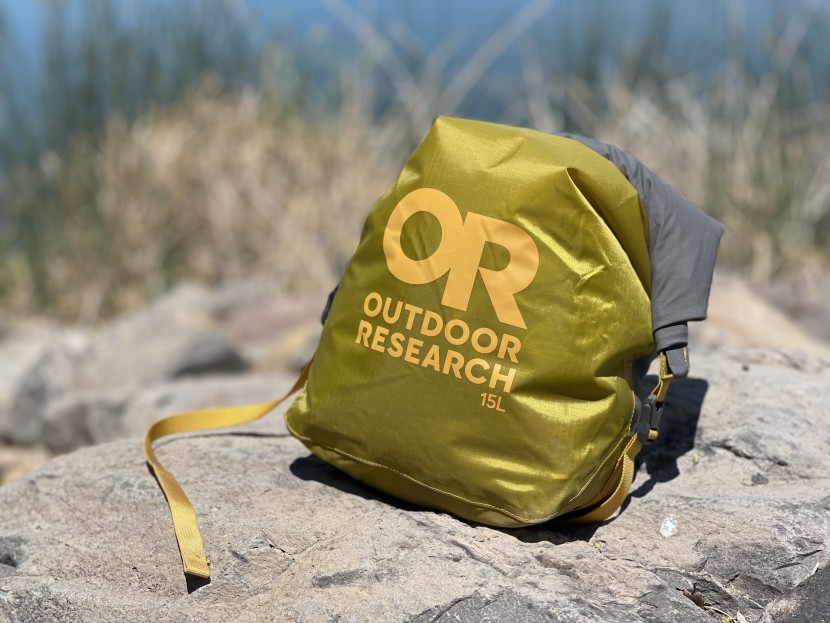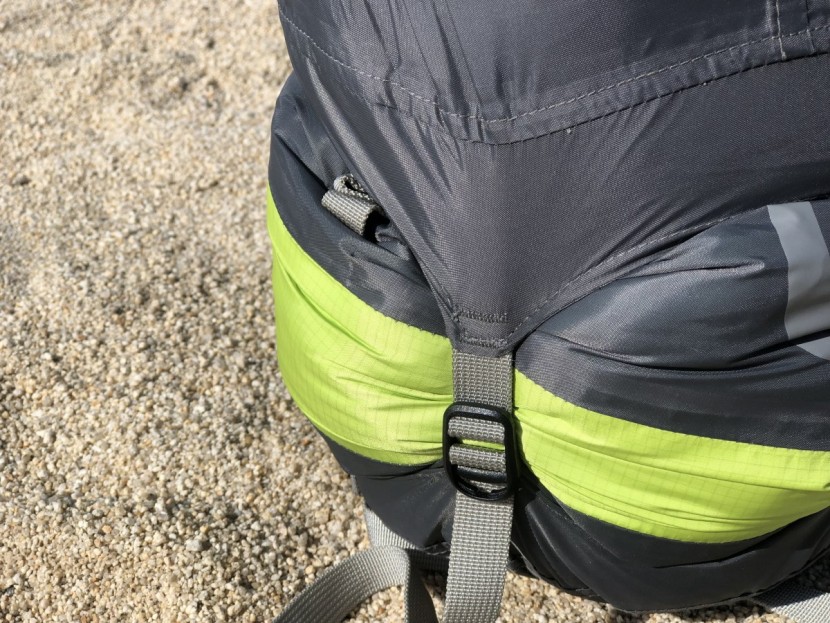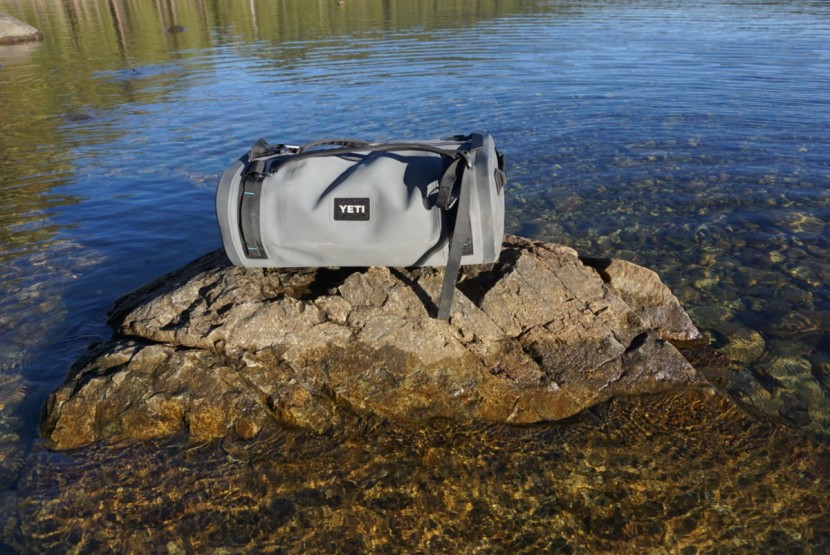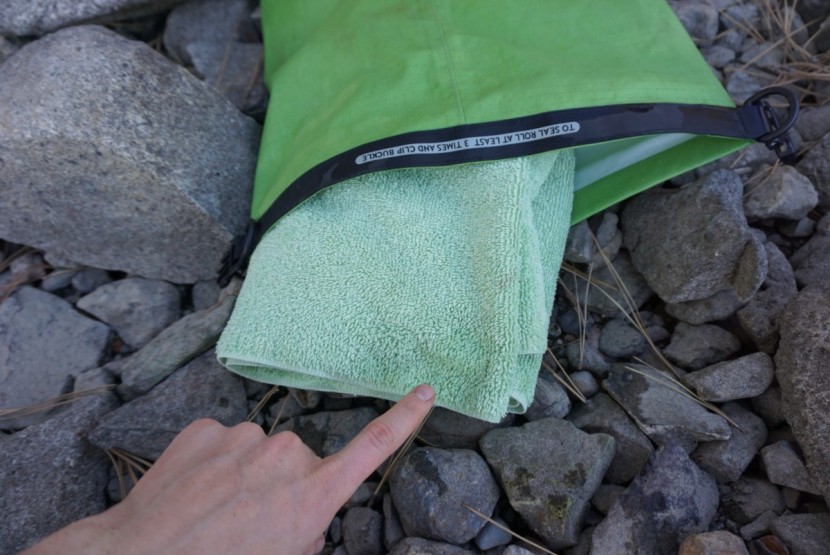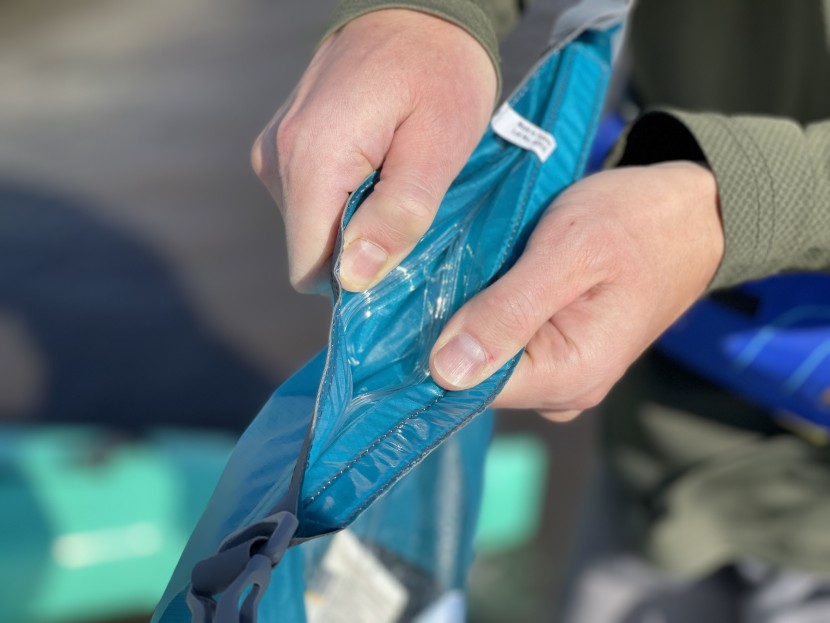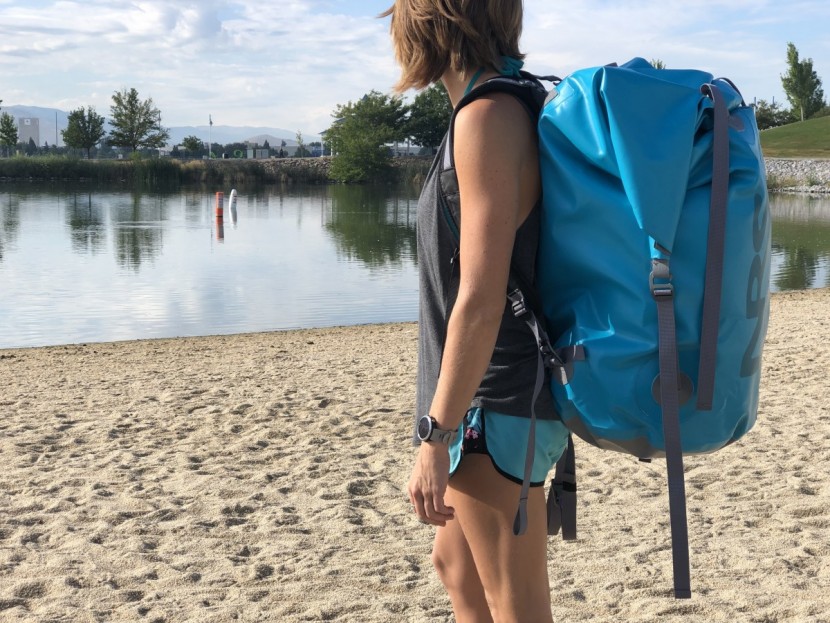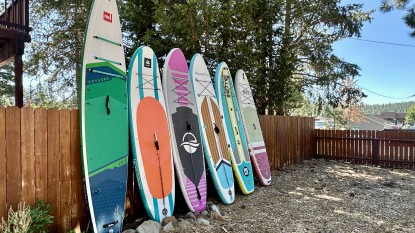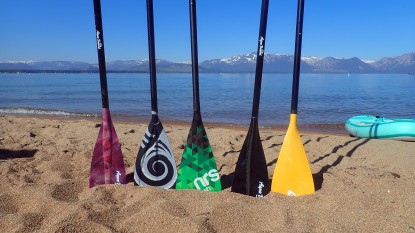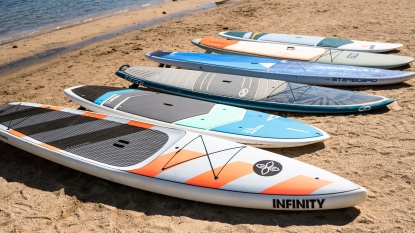Keeping crucial hydrophobic gear, like layers, snacks, and car keys safe from water and securely stowed is an essential part of every successful adventure involving water, from river running to rainy camping. Little can dampen your mood like crawling into a wet sleeping bag after a freezing day on the water during a rafting trip or returning to your car from an afternoon on the lake only to find your key fob has been drowned. The dry bag may not be the focal point of the mission, but it can certainly save the day — and your belongings. These products offer protection from the elements, so your gear stays dry when conditions get wet. They come in plenty of shapes and sizes, with a wide array of features that have varying best applications. To start narrowing the search for the best dry bag for your adventures, first, consider the proximity to the water you plan to have. Will you play in, on, or near the water?
Activity
There are so many different styles of dry bags out there, built for different types of activities and adventures. Options exist as full backpacks and duffel bags to hold everything you need for a multi-week rafting adventure. Some double as compression sacks, meant to keep gear dry while housed inside a larger bag like a backpack. Some are small and simple, intended just to hold the very few things you might need for a single afternoon or as part of an organizational system to keep different types of gear separate within your larger traveling bag. Some are generic in their design, crossing over many possible uses, with versatile shapes and features. Keep your intended activity in mind as you start selecting the type of dry bag that's best for you.
Location
Whether you are in, on, or near the water, some added protection for your water-sensitive gear is always helpful. Establishing your planned proximity to water will help you assess how likely it is your bag will end up in the water and the level of security you need to provide to prevent unwanted waterlogging. And don't forget to consider rain in your water planning. Even land-based adventures often need the added protection of a dry bag to protect against rain or even snow.
River Trips
When a river trip is full of whitewater and rapids, you can expect to onboard a sizable amount of water. Whether you plan to shred on an oar frame, kayak, or paddleboard, with this kind of adventure, you can expect everything in/on your craft to get subjected to a deluge. Logs and rocks can also pose a serious threat to your gear if you get flipped and your pack goes racing downstream. For these kinds of adventures, you will want a model that boasts some serious water protection and durability, as well as significant space to fit everything you need to bring with you all in one place. Consider a large backpack or duffel model with high capacity, portable handles, and lash points to keep it secured to your boat.
Casual Days on the LakeIf canoeing or paddling on placid waters is more your style, a versatile non-specific water-resistant bag provides just the right insurance policy for your phone, keys, and snacks. In this case, your focus should be on price and usability. Models that provide modest protection from water rather than absolute waterproofness will still protect your gear from aberrant splashes and often come with a significant price break. If you like to dig in your dry bag frequently to reapply sunscreen or munch on snacks, look into easy to see into models with light-colored interiors, semi-transparent walls, or even clear windows. If you plan to paddle with expensive electronics or in waters that are likely to throw waves in your boat or even capsize you, then be sure to look into a model that can handle brief submersions.
At the Beach or Poolside
Dry bags are not only good at keeping water out, but they can also trap moisture inside. This is ideal for getting wet towels and bathing suits home from the pool or the beach. Some models have useful features like simple crossbody straps that make them easy to carry everything you need for the day without getting the backseat wet on the way home. Others are very thin and lightweight, making them good contenders for travel or swimming laps before work without worrying that your bathing suit will ruin everything else in your bag.
Hiking Near WaterFrom canyoneering through recently filled slot canyons to hiking along the ocean with changing tides or through the jungle during the rainy season, there are many scenarios in which hiking may involve a little swimming. Unless you're a champion of swimming while holding a backpack over your head, you should consider a backpack-style dry bag.
Dry Ground, Wet Weather
On many other hiking adventures, you don't plan to swim with your pack but may encounter rain. While you won't need a full dry bag to make it through most storms, a rain cover over your pack only keeps contents dry for so long. As the rain continues and trickles down the space between your back and your pack, it can easily soak your sleep gear, making for a miserably cold night out on the trail. There are many helpful options for hikers and campers to weather the rain with dry gear, from ultralight options to compression dry sacks.
Sport Specific
The location of your adventure is definitely something important to consider, but factoring in the type of sport, or sports, you plan to use your product for helps narrow in on shape, size, and specific features.
Whitewater Rafting & Kayaking
If you plan to take your bag for a ride down the river, it is critical to have an easy way to secure it to your boat. Lash points in the shape of D-rings and sewn webbing loops offer dedicated attachment points. Some models have a few small, plastic D-rings, which offer a little guarantee that your bag will stay put. For more serious attachment requirements, check out models that offer multiple reinforced metal, plastic, or welded fabric loops.
PaddleboardingWhen planning to bring your gear out on a paddleboard, the big question is: how am I going to store it? Often, boards come with a fixed bungee system on the nose or tail that is perfect for securing your bag…if it fits. In this case, size makes a difference, as does shape. Many oblong dry bags stay put under a bungee system better than their perfectly cylindrical counterparts. Clipping the top around one part of the bungee cord or using a carabiner to attach it helps ensure you won't lose it, even if a big wave tips you and your board completely upsidedown.
Backpacking
Excess weight can certainly take the fun out of a backpacking trip, but added protection against the elements doesn't have to be heavy. Ultralight dry bags offer just enough protection to keep your gear dry when stowed inside your primary pack. Their thin material helps shave ounces but leaves them vulnerable to wear and tear if used on their own. If you need to reduce the size of your bulky sleeping bag, there are many compression dry sacks available on the market as well, offering a dual purpose that we backpackers love.
Traveling
The key to a travel-friendly model is durability. Shlepping your gear through airports, on trains, and even on the back of a donkey is a great way to put some serious wear and tear on your product. If you need all your gear protected, look for a large capacity model made of hefty material that provides an unyielding defense against potential punctures and tears. If you only need certain sensitive items protected, consider a packable option, similar to those you might use for backpacking — lightweight models or compression bags.
Waterproofness
The name given to these products can be very misleading. Even though it includes the word “dry,” this doesn't guarantee that every model will keep your belongings bone dry in every possible situation. Below we break down waterproofness into three levels; submergible, water-resistant, and splashproof. Though it's tempting to think that absolute waterproofness is the best across the board, it's a burden for many situations, as it's almost always associated with heavier weight and a bigger price tag. Most activities only need water-resistant or even simply splashproof protection to keep your stuff safe.
Companies use a variety of descriptors to label the level of waterproofness of their product(s). It's smart to be skeptical because there is no standard definition and no regulation on the wording. We found a fairly wide range of discrepancies in our testing. Check out our main review article and the individual product reviews to get an in-depth sense of just how waterproof each model really is.
Submergible
This is the upper echelon of waterproofness. If a product is submergible, you can bet on dry gear in most, if not all, conditions. This is going to pay off if you flip your raft, need to swim with your bag, or are carrying gear easily damaged by moisture.
Water Resistant
Models that are water-resistant offer intermediate protection from water. Many can handle getting dropped into the lake for a quick dunk. These products are a great choice for when you don't plan to go swimming but realize that sometimes you'll fall out of your watercraft, and that's okay. Bags in this realm usually offer a happy medium between protection and price.
Splashproof
Splashproof models help keep your gear mostly dry when kept above the water. These products tend to have two distinct styles. Stuff sack-type bags have a thin material that makes them lightweight. The material itself soaks up water with prolonged exposure but offers a second level of protection when used inside a backpacking pack. The other type is made of more waterproof material but creates an incomplete seal at the opening. These products are typically less expensive, helping you save money in situations where all you need is some extra protection against rain or casual splashing.
Packing Your Gear
Once you've chosen the right dry bag for your adventure, location, trip length, and budget, packing your gear is the next crucial step. Not everything fits well into a dry bag, and not every dry bag can protect every oddly-shaped item you might want to put inside.
Clothes & TowelsLinens are the most versatile items to pack as they are unbreakable when compressed and easily stuff into nooks and crannies. Almost any dry bag can handle having clothes or towels inside. If you need to bring along something large that you'd like to be, well, not so large, get a compression dry bag. They fit a LOT more gear than you might think and can help you save space when bringing puffy items like a down jacket or a sleeping bag.
Sport-Specific Equipment
Lots of gear often means lots of hard items with awkward shapes and rough or sharp edges. Make sure the dry bag you choose can fit what you want to put inside — like your camera bag. If you know what you need to bring has sharp edges or is particularly heavy, opt for a bag with thicker walls that won't tear with the extra stress of oddly-shaped objects.
ElectronicsCamera gear, computers, and other electronics are likely the most sensitive gear you'll bring along. Consider it a solid investment to get a bag that offers absolute waterproofness and provides some protection for your stuff in case it gets a bit rough and tumbled.
If you plan to carry fragile equipment, certain models have custom padded liners that can be purchased separately. This aftermarket add-on fits snugly inside your bag and provides added protection for your most fragile equipment. If the model you want doesn't offer this, make sure whatever protective case you plan to use fits inside the bag with plenty of room to spare.
Features
Certain bags are meant for truly specific purposes and have unique features that make them good at just one thing. Ask yourself if you are okay with sacrificing versatility for performance. You should also consider your budget. If you can afford multiple specialty products, that bet is probably worth it. If not, opt for an all-around model that will serve you for whatever adventure happens to come your way.
Conclusion
We can't tell you what dry bag you should buy, as it entirely depends on what, where, and how you plan to use it. But, by asking yourself these questions and thinking through the versatility and protection your ideal dry bag should provide, we hope we've helped you figure out the best type of dry sack for your specific needs. Head on over to our full dry bag review to learn which model of that type performs best and which has the highest value.

